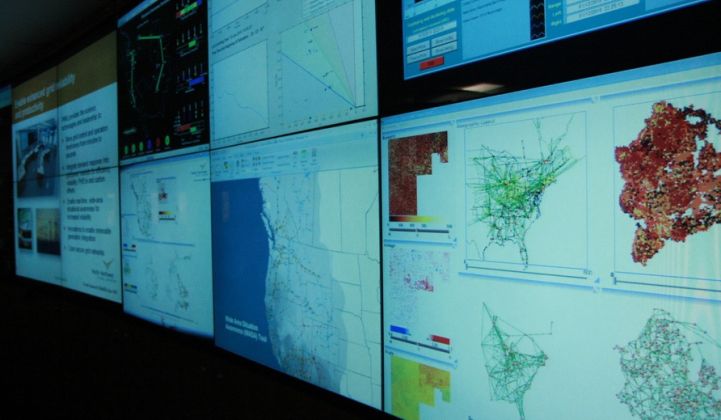

Robotic Sensors Market - Macro Economic ScenarioĤ.1. Robotic Sensors Market Trends And StrategiesĤ.
#AG GRID COMPETITORS DRIVER#
The rising adoption of robots for automation is a key driver of the robotic sensors market.Ģ. The total number of operational robots globally reached approximately 3.5 million units. In 2021, there was a substantial increase in the installation of new industrial robots worldwide, with 517,385 units installed, representing a year-on-year growth rate of 31%. These sensors enable robots to interact with their environment and carry out tasks effectively. Robots are machines programmed to perform tasks and are equipped with various sensors, actuators, and control systems. The growing adoption of robots for automation is expected to drive the robotic sensors market. Increasing Adoption of Robots for Automation

The report covers regions, including Asia-Pacific, Western Europe, Eastern Europe, North America, South America, and the Middle East and Africa. In March 2022, Zebra Technologies acquired Matrox Imaging, enhancing its enterprise asset intelligence solutions with machine vision and video analytics technologies.Īsia-Pacific emerged as the largest region in the robotic sensors market in 2022, with North America and Europe also playing significant roles. This acquisition expanded Zebra's portfolio of enterprise asset intelligence solutions by incorporating Matrox Imaging's machine vision and video analytics technologies. In March 2022, Zebra Technologies, a US-based provider of enterprise asset intelligence solutions, acquired Matrox Imaging, a Canadian company specializing in imaging software, 3D sensors, and hardware solutions for machine vision and medical imaging. Leading companies are focusing on creating innovative products to strengthen their market positions. Product innovation stands out as a significant trend in the robotic sensors market. These sensors find applications across various industries, including aerospace and defense, automotive, process and packaging, logistics, and manufacturing.

Force and torque sensors measure the applied force and torque on objects or surfaces. Key types of robotic sensors include force and torque sensors, temperature sensors, pressure sensors, position sensors, proximity sensors, vision sensors, and others. They provide critical information to robots, enabling them to interact with their environment effectively. Robotic sensors are specialized sensors designed for use in robotics and automation systems to measure the condition of robots and their surrounding environments. Access data from the report in an Excel dashboard format.Benchmark performance against key competitors.Understand customer preferences based on the latest market shares.Outperform competitors using forecast data and market trends.Identify growth segments for investment.Create regional and country strategies based on local data and analysis.Measure the influence of high global inflation on market growth.Assess the impact of the Russia- Ukraine war on agriculture, energy, and mineral commodity supply.Understand the market's response to the COVID-19 pandemic.Gain insights into the global robotic sensors market across 50+ geographies.Key players in the robotic sensors market include Baumer group, FANUC Corporation, Futek advanced sensor technology Inc., Honeywell International Inc., ATI Industrial Automation Inc., Infineon Technologies, Omron Corporation, KEYENCE CORPORATION, TE Connectivity Ltd., Tekscan Automation Inc., Sensata technologies, Fanuc Corporation, Ams AG, CAPTRON Electronic GmbH, Cognex Corporation, DAIHEN Corporation, Datalogic S.p.A, Hans Truck GmbH and Co. The market is poised to continue expanding, reaching $3.52 billion in 2027, with a CAGR of 12.5%. The global robotic sensors market is on a growth trajectory, with revenues expected to increase from $1.93 billion in 2022 to $2.20 billion in 2023, at an impressive compound annual growth rate (CAGR) of 13.9%.


 0 kommentar(er)
0 kommentar(er)
